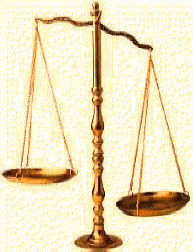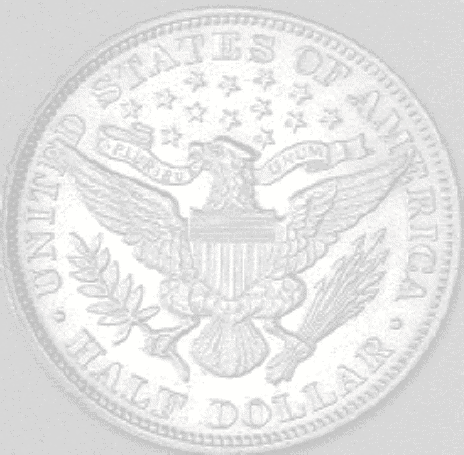
|
|
||
|
|
|
|
|
|
||

-4-
FOR BETTER OR WORSE:
The First Bank of the United States
James Madison testified the Constitution of the United States cut off "the pretext for a paper currency, and particularly for making bills tender either for public or private debts” (Saussy, 30). And in his 8th Annual Message to Congress on December 5, 1836, Andrew Jackson would declare,
It is apparent from the whole context of the Constitution as well as the history of the times which gave birth to it, that it was the purpose of the Convention to establish a currency consisting of the precious metals. These were made by a permanent rule excluding the use of ...the pernicious expedient of paper currency (Saussy, 26).
In spite of this, in 1791, the Federalists established the First Bank of the United States with a capital of 10,000,000 dollars, The Anti-Federalists argued the Constitution gave Congress no authority to establish a central bank. No matter, the thing was done, and the bank was given a 20-year charter that expired in 1811. The paper "money" printed by the bank often exceeded its promised backing, and the Republicans did not renew its charter.
The Second Bank of the United States
War broke out in the following year. When a "panic" occurred, many Americans were given to believe this could have been averted had the charter of the First Bank been renewed. Therefore, a charter for the Second Bank of the United States was made, and it too was granted for a period of 20 years beginning in 1816. While its vaults contained 35,000,000 dollars in specie, and was supported by the Congress, it became more reckless than the First Bank, and freely printed currency. At one time, the Second Bank issued 9 times its gold and silver assets.
“Wildcat” Banking
In 1816, however, a new form of
state banking emerged. In that year, Missouri issued certificates of
legal tender as a bounty for killing wolves, panthers and wildcats. For
this reason, it was known as “Wildcat" currency. The term, however, came
to be applied to all notes of questionable backing, for not only did
banks print paper "money” but so did states, as well as counties,
parishes, municipalities, schools, hotels, turnpikes, bridges, canals,
railroads, lumber companies, soap companies, glass companies, etc. In
theory, at least, paper “money” issued by states, and that issued by
state banks was backed by the state of issuance, but such "backing"
amounted to little more than a promise to stand behind it.
Wildcat banking was prevalent everywhere. Between 1829
and 1837, the number of banks doubled, and the paper "money" in
circulation rose from 48,000,000 "dollars" to 149,000,000 "dollars."
While the currency was intrinsically just pieces of imprinted paper, it
was some of the most beautiful ever printed. Magnificent works of art
featuring elaborate detail provided the themes for much of the paper
“money.” The Second Bank of the United States, however, had bitterly
denounced the state banks, and for that reason it was very unpopular in
New England.
The "Pet" Banks
Andrew Jackson became the
champion of the state banks, and made it a platform issue in the 1832
election. His veto of the bill that would have renewed the charter of
the Second Bank for 4 more years was considered political suicide;
nevertheless, Jackson won the election. Believing he had won the
Presidency on account of his fight against the Second Bank, he continued
to work for the destruction of the hated monopoly and ordered that no
more money be placed in the Bank. He directed instead, that it be placed
in specified state banks. These banks came to be known as "pet" banks.
The Second Bank of the United States survived its charter that ended in
1836, and continued a few additional years under a charter granted by
the state of Pennsylvania.
In 1837, President Martin Van Buren ordered government
inspectors to investigate the backing of the nation’s banks. Since many
of these banks were either totally or nearly totally lacking in specie
backing, unconscionable bankers hired people who went from bank to bank
with a wagon filled with kegs of specie, --or so it appeared. In
actuality, the kegs contained only a "frosting" of specie --underneath
were nails.
"Saddlebag" Banking
People began to lose confidence in banks, and to demand
gold and silver instead of paper "money." Like a limb that has "gone to
sleep" is often painful when it is "awakened," so reality is often
realized at the expense of great pain. Bank after bank failed, and the
"panic" or depression of 1837 resulted. These were the days of
"saddlebag" banking. The currency of defunct banks was treasured by the
unprincipled for they would enter frontier towns with their saddlebags
bulging with worthless currency. Their purpose was to exchange their
worthless paper for good money. To do this, they would open an office
and rent their "money"; then leave town before anyone was the wiser.
